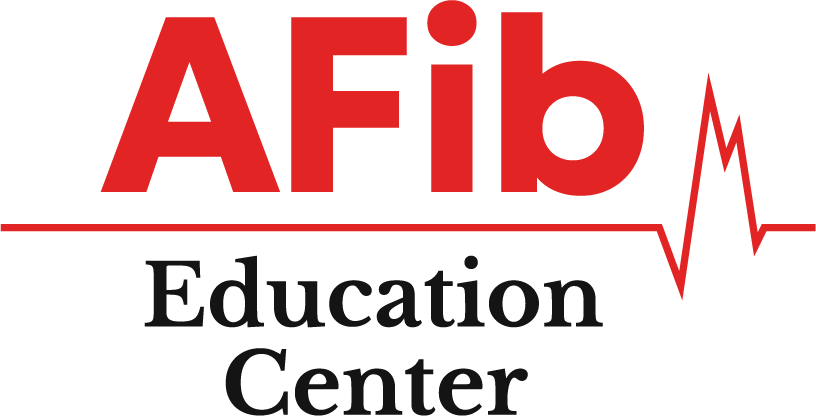Ablation Techniques in Atrial Fibrillation Pt 3
AFib is characterized by irregular heart rhythms due to chaotic electrical signals in the heart. Ablation is a common treatment aimed at eliminating these abnormal signals. It involves targeting and removing the areas of the heart responsible for the arrhythmia. There are two primary approaches to AFib ablation: anatomical and functional, each tailored to different stages and complexities of the condition.
Anatomical Approach
- Focus: Targets specific regions in the heart where AFib commonly originates, such as the pulmonary veins.
- Effectiveness: Best suited for early-stage AFib (Paroxysmal), involving simpler procedures like Pulmonary Vein Isolation (PVI).
- Process: Often requires multiple procedures and may involve ongoing use of antiarrhythmic drugs to manage residual AFib sources.
Functional Approach
- Focus: Adapts treatment based on real-time electrical activity in the heart, targeting AFib sources as they are identified during the procedure.
- Effectiveness: Suitable for complex, advanced stages of AFib, aiming for complete or near-complete elimination of the arrhythmia.
- Process: Involves sequential ablation across multiple heart walls, potentially achieving immediate normalization of heart rhythm.
Procedure Techniques
- Energy Sources: Utilizes various methods such as radiofrequency (heat), cryoballoon (cold), and pulse field ablation (electrical pulses). The choice of method depends on procedural needs rather than specific energy source.
Stage-Based Treatment
- Early-Stage (Paroxysmal): Typically managed with simpler anatomical ablation techniques.
- Advanced-Stage (Persistent, Long-standing Persistent): Requires more comprehensive functional ablation for optimal results.
Surgical vs. Catheter-Based Approaches
- Surgical: Includes extensive procedures like Cox-Maze III/IV, effective but invasive. Less invasive options like Hybrid Convergent and Wolf Mini-Maze procedures offer a middle ground.
- Catheter-Based: Minimally invasive, with effectiveness depending on the skill of the Electrophysiologist, particularly for complex AFib cases.
Choosing the Right Approach
- Assessment: Evaluate the stage and complexity of AFib to determine the most suitable ablation strategy.
- Expertise: Consider the experience of the practitioner in performing advanced ablations tailored to the specific needs of AFib.
- Procedure Goals: Decide whether the aim is symptom suppression or complete normalization of heart rhythm.
Comprehensive Treatment Considerations
- Anatomical Limitations: Provides simpler and quicker procedures but may not address all AFib sources, especially in advanced cases.
- Functional Advantages: Offers a tailored and potentially definitive treatment for complex AFib cases, though it requires greater skill and expertise.
Understanding the differences between anatomical and functional approaches helps in selecting the most appropriate ablation strategy, ensuring better outcomes and potentially reducing the need for multiple procedures.
